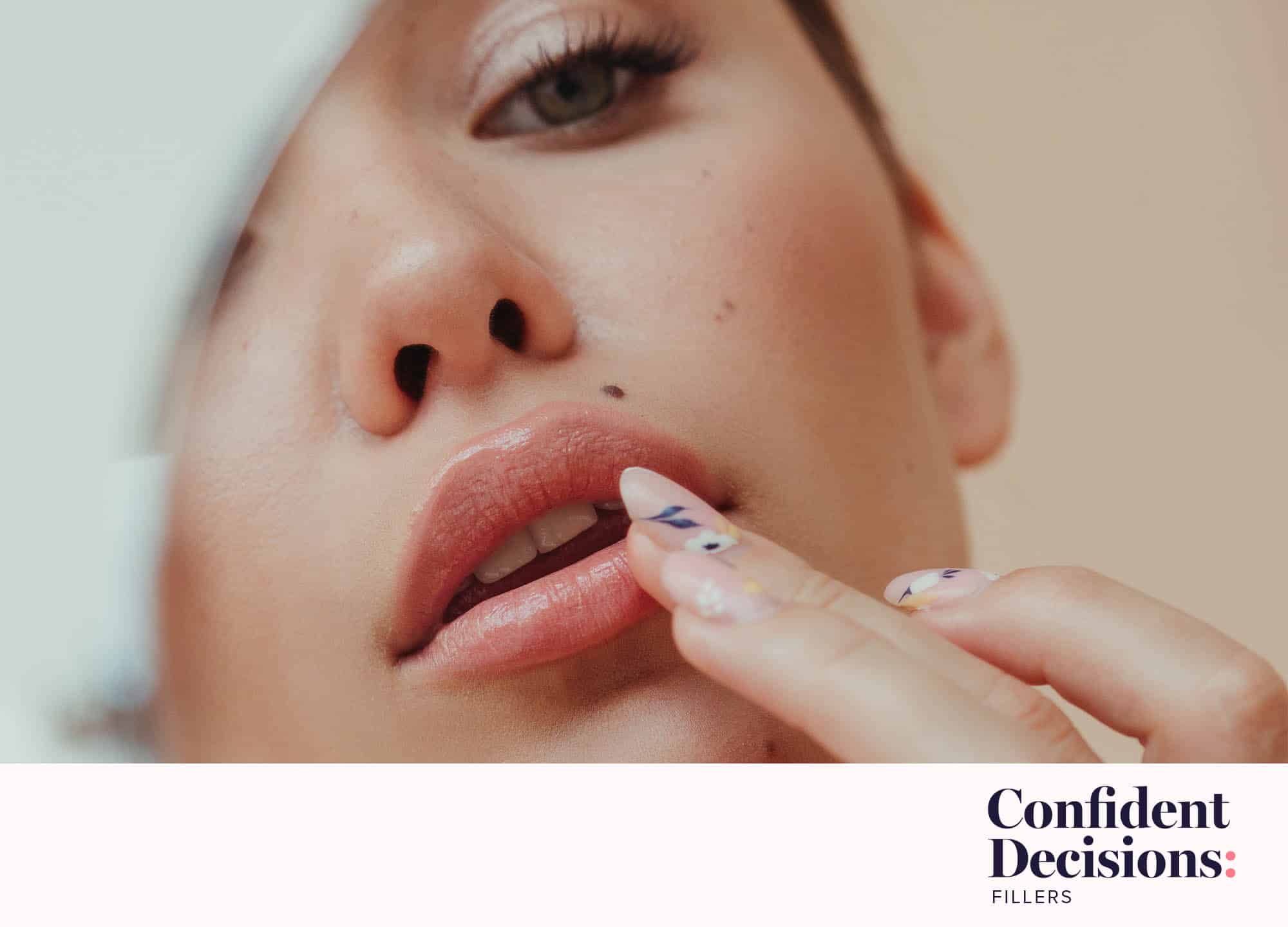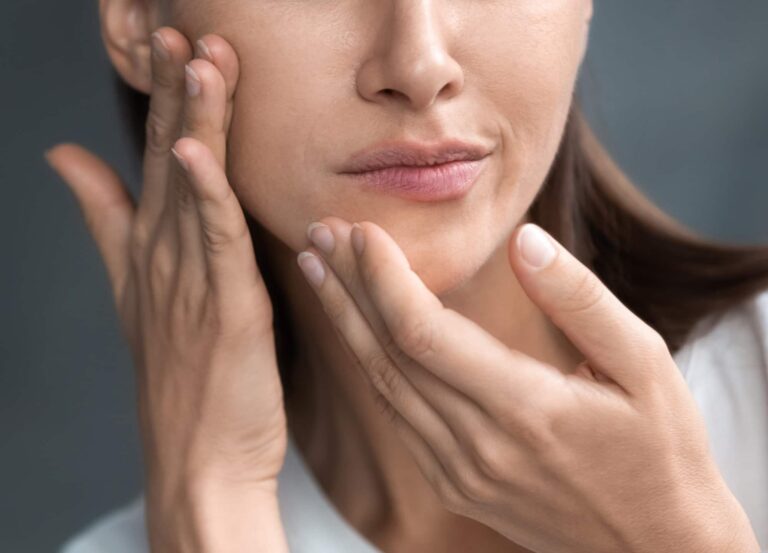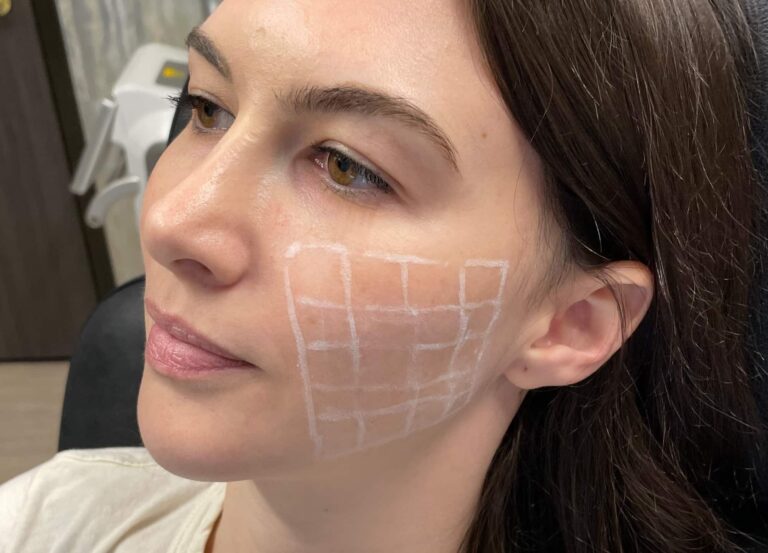Whether you credit selfie culture, Kylie Jenner, or the increasing destigmatization of cosmetic procedures, one thing is certain: the number of patients getting lip augmentation has never been higher. But still, when many people hear the words lip injections, they imagine a supersize, fake-looking pout. Add to that a long list of fallacies that are commonly associated with the noninvasive procedure, and you may be fully convinced that fillers aren’t for you. This misinformation is what keeps otherwise great candidates for lip filler from getting it done. So whether you’ve been scared out of getting lip injections by what you’ve heard or you’re simply looking for more straightforward answers, check out these five popular myths about lip filler—and learn why none of them is actually grounded in truth.
Myth #1: lip filler stretches out your lips
The skin on our lips is some of the thinnest on our bodies, so it seems like common sense that injecting something into them would cause the skin to stretch, right? Wrong. Your body naturally absorbs filler over time, regardless of where it’s injected, so “your lips should return to completely normal after it wears away,” explains Dr. Dana Goldberg, a board-certified plastic surgeon in Jupiter, Florida.
It’s important to note, though, that while each dermal filler is designed to last a certain amount of time, you’ll likely need more frequent injections with less product following your first filler. “It won’t last as long in your lips as in the rest of your face,” says Dr. Jeff Angobaldo, a board-certified plastic surgeon in Plano, Texas. “You’re always talking, laughing, eating, you’re always moving your mouth. There’s lots of blood flow to the area, which dissolves the filler faster.”
Myth #2: you can get lip filler the day before a big event
Think you’ll get your lips done today and pose for that perfect selfie tomorrow? Think again. “When people get fillers, they look great in the office and they’re happy,” says Dr. Angobaldo. “When they leave, their lips swell. These fillers are very hydrophilic, meaning [that] they draw in water, and the swelling usually lasts for two days.”
After the swelling goes down, there may also be bruises. “Fillers come with sharp needles, and the more you inject, the more bruising is possible,” he adds. “We can use a blunt cannula to inject and help reduce bruising.” To ensure the easiest recovery, follow your provider’s instructions and also ice your lips immediately after your treatment. Leave time for your bruises to heal.
Related: Lip Injections: Which Filler is Right for You?
Myth #3: it’s easy to get lips that look like those of your favorite celeb
Just as we all bring reference photos to our hairstylist, it’s quite standard for patients to point to a celebrity’s lips as their end goal with fillers. While it’s always smart to be specific with your doctor about what look you want, it’s also important to set reasonable expectations for your results. Every lip is only capable of so much change, even with the help of filler, so the best results come from working with your natural lip shape in ways that enhance and complement it.
That’s why it’s especially crucial that you go to an experienced injector who understands the realm of possibility with lip filler and how to use it to achieve different looks and shapes. “It’s not a cookie-cutter approach for every patient,” says Dr. Angobaldo. “If someone has very thin lips, there’s no way you can end up with Angelina Jolie’s lips. Some patients need more than one syringe, so we’ll do two and even three on very thin-lipped patients. If a patient starts with fuller lips, one syringe can get them the look they want.”
Myth #4: lip fillers never look natural
Though we’re all very familiar with the fake-looking duck lips that occasionally grace our Instagram feeds and television screens, the idea that lip fillers can never look natural is wholly untrue. Of course, overfilling is the most common cause of unnatural-looking lips, but there are also other factors that can contribute to such a look. “The bottom lip should almost always be fuller than the top, but most patients focus on filling the upper lip, which can lead to an unnatural look,” says Dr. Goldberg. “Patients also tend to focus on filling all the way out to the corners of the mouth. [This] does not follow the natural proportions of the lip, which should be fuller in the center.” This is yet another reason it’s so important to find a knowledgeable injector, who can steer you away from some of these mistakes and ensure your filler looks as natural as possible.
Myth #5: it doesn’t matter which type of filler you get
Lip fillers have come a long way since their conception, and there are many options available to patients these days. While it can sometimes get confusing and feel like there’s no real difference between fillers, that is largely not the case. Each offers different features and results and should be considered accordingly so that you can find the best filler for your needs.
Most injectors use a variety of fillers in their practice, and they will choose which one to use, based on your desired outcome. “The best fillers for lip augmentation are going to be soft fillers that don’t create bumps or nodules and don’t move or migrate over time and as you move your lips and mouth,” explains Dr. Jordana S. Gilman, a board-certified dermatologist in Washington, D.C. She’s partial to hyaluronic acid–based fillers, like Restylane and Juvéderm, because they are soft and provide a very natural result; but within those brands, Silk, Kysse, Ultra, and Volbella are all commonly used. As always though, choosing a filler is a discussion you should have with your injector after clearly explaining your goals for the injections.











